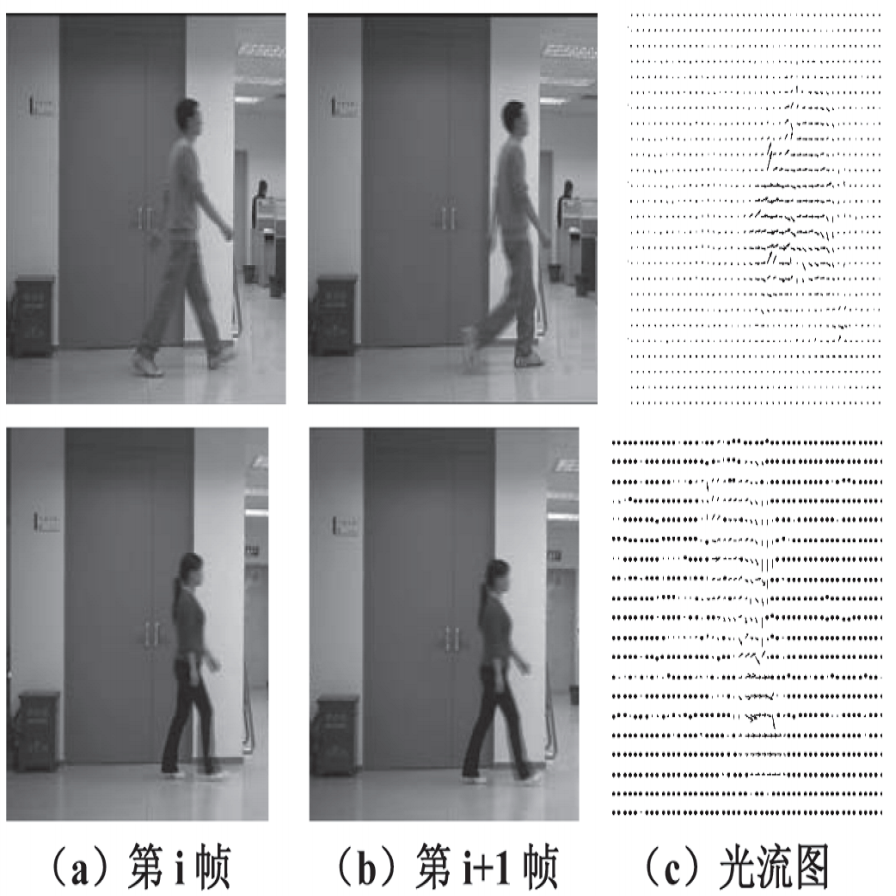In the recent years, there has been a shift in facial behavior analysis from the laboratory-controlled conditions to the challenging in-the-wild conditions due to the superior performance of deep learning based approaches for many real world applications.However, the performance of deep learning approaches relies on the amount of training data. One of the major problems with data acquisition is the requirement of annotations for large amount of training data. Labeling process of huge training data demands lot of human support with strong domain expertise for facial expressions or action units, which is difficult to obtain in real-time environments.Moreover, labeling process is highly vulnerable to ambiguity of expressions or action units, especially for intensities due to the bias induced by the domain experts. Therefore, there is an imperative need to address the problem of facial behavior analysis with weak annotations. In this paper, we provide a comprehensive review of weakly supervised learning (WSL) approaches for facial behavior analysis with both categorical as well as dimensional labels along with the challenges and potential research directions associated with it. First, we introduce various types of weak annotations in the context of facial behavior analysis and the corresponding challenges associated with it. We then systematically review the existing state-of-the-art approaches and provide a taxonomy of these approaches along with their insights and limitations. In addition, widely used data-sets in the reviewed literature and the performance of these approaches along with evaluation principles are summarized. Finally, we discuss the remaining challenges and opportunities along with the potential research directions in order to apply facial behavior analysis with weak labels in real life situations.
翻译:近年来,由于对许多现实世界应用的深层次学习方法的优异性能,面部行为分析从实验室控制的条件转向具有挑战性的条件。 然而,深层学习方法的绩效取决于培训数据的数量。 数据获取的一个主要问题是大量培训数据的说明要求。 大量培训数据的标签化过程需要大量的人类支持,在实时环境中很难获得对面部表现或行动单位具有很强的域域域专门知识。 此外,标签化过程极易受到表达或行动单位的模棱两可的模棱两可,特别是由于领域专家的偏向导致的实际行动单位的强度。因此,深层学习方法的绩效分析取决于培训数据的数量。 在本文件中,我们全面审查了监督不力的面部行为分析方法,包括直截了当的尺寸标签以及与之相关的挑战和潜在研究方向。 我们随后在面行为分析中,在分析中系统地审视了现有的、使用的数据顺序,在分析中,在分析中,我们又在分析中,在分析中,还审视了目前采用的各种薄弱的面部说明以及与之相关的挑战。




